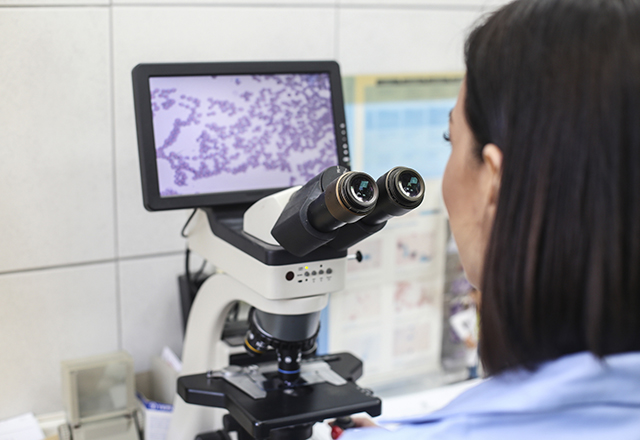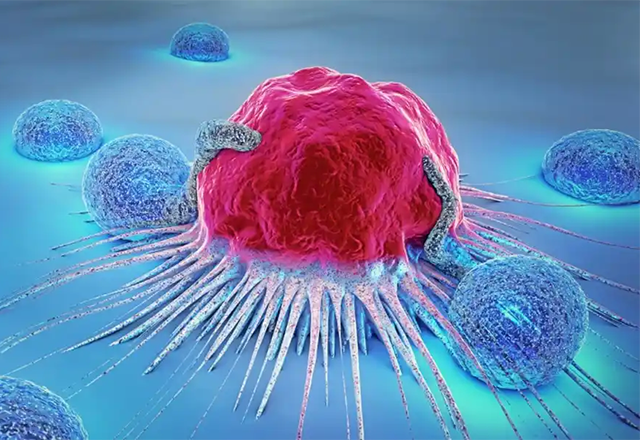Our multispecialty team at the Johns Hopkins High Resolution Anoscopy Center evaluates patients for the presence of anal dysplasia (abnormal growth of cells in the anal canal) and anal cancer. We examine anal lesions using high resolution anoscopy (HRA) and by performing biopsies to confirm a diagnosis.
Explore on This Page:
Why Choose Johns Hopkins High Resolution Anoscopy Center
Your doctor may refer you to our clinic if you have an undiagnosed anal lump, bump or lesion, or if you have had an anal Pap test that shows abnormal changes in the cells in the lining of the anal canal. HRA may also be recommended if you are living with HPV, if you have a weakened immune system due to HIV, organ transplant or an autoimmune condition, or if you have other risk factors for anal dysplasia or anal cancer.
Personalized Care
We know every person is unique, and we work with you to determine the most appropriate tests based on your situation.
Diverse Expertise
Our team includes specialists in infectious disease, gastroenterology and colorectal surgery. We work with other providers, clinics and institutions to offer comprehensive care for patients with risk factors for anal cancer.
Collaborative Approach
If the tests show that you have anal dysplasia, we can provide medications and ablation for precancerous tumors, or connect you with experienced colorectal surgeons for surgery and oncologists for treatment of anal cancer.
What to Expect During and After Your Appointment
Once you schedule a procedure with our clinic, you will receive detailed instructions on how to prepare. After the procedure, we will call you when we receive test results from the laboratory, usually one to two weeks after the biopsy. The results will help us develop a treatment plan, which may include:
- Observation (watchful waiting and regular follow-ups)
- Topical treatment (you can apply this at home)
- Ablation (using heat to destroy abnormal tissue)
- Referral to a surgeon
High Resolution Anoscopy Experts
Bridget Morris, MSN, CRNP
Nurse Practitioner





